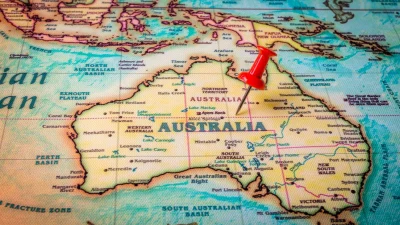How quickly can foreign fund managers access Australia?



For foreign fund managers looking to come to Australia, a financial services law firm has shared which regulatory pathway offers them the quickest pathway.
With overseas firms looking to Australia to take advantage of the intergenerational wealth transfer and the $4 trillion superannuation system, there are various methods they can use.
Foreign financial service providers that are domiciled-offshore generally must hold an Australian Financial Services Licence (AFSL), but there are exemptions available if they are only infrequently visiting Australia, and their activity is not deemed as systematic.
The most common exemptions are being a comparable equivalent jurisdiction, corporate authorised representatives (CAR), or they can obtain their own AFSL.
Speaking on a podcast with Clearway Capital, Paula McCabe, founder of PMC Legal, said the time frame for these options ranges from around six weeks to nine months, with the quickest option receiving an exemption for being from a comparable jurisdiction.
If a foreign fund manager is coming to Australia from a comparable jurisdiction such as the UK, US, Hong Kong or Singapore, they are typically eligible for this exemption.
“It takes a couple of weeks to do the documentation, and then about 30 days to get a response. ASIC will issue an acknowledgement to the manager that they are entitled to the relief, so it’s a fairly quick process and not particularly burdensome.
“But if you are from a novel jurisdiction, then that can take extra time because you need to demonstrate the new jurisdiction is sufficiently equivalent to Australia, so it can take more like two to three months.”
An alternative option, which McCabe said is being “widely used”, is using a corporate authorised representative (CAR) structure.
“We are increasingly seeing foreign fund managers rely on a CAR which means they are appointed as a representative of an existing AFSL and then piggyback off that. You can’t go off and do your own principal activity as you are representing them, but it is quite widely used and broadly accepted.
“The process is quite simple between the foreign fund manager and the licensee and can be put in place in around two weeks, maybe slightly longer to allow the licensee to do their own due diligence.”
The final option on the table is for an overseas firm to set up their own AFSL, but McCabe said this can be a drawn-out process compared to the other two methods. For this reason, it would only make sense for a firm to get an AFSL if they plan to make a long-term commitment to Australia and plan to provide a financial service in Australia, including financial product advice, distribution or operating a managed investment scheme.
“Getting your own AFSL takes longer, that’s a six- to nine-month process. There are some potential drawbacks of having an AFSL as there can be duplication between the two regimes, but if you are in a comparable jurisdiction then we find what’s required there is similar in Australia, and many organisations will comply with both.”
Recommended for you
The $365 billion UK fund manager Royal London Asset Management is to launch two funds in Australia by the end of November as it seeks to build an international presence.
With ETF pricing becoming more competitive than ever, those active ETF vehicles priced higher than 120bps are the only segment of the popular product to see outflows.
Income Asset Management has promoted former ASIC commissioner, Danielle Press, as chair of its board following the retirement of John Nantes.
Lazard Asset Management has announced the launch of a new global equity fund, expanding its qualitative offering for Australian investors.










